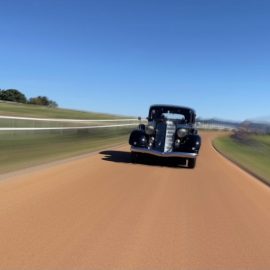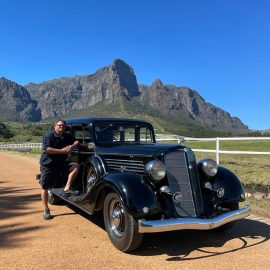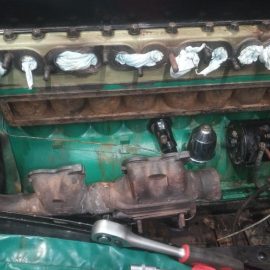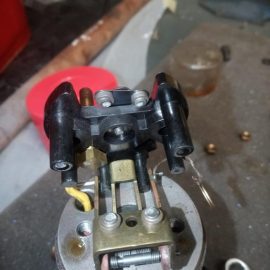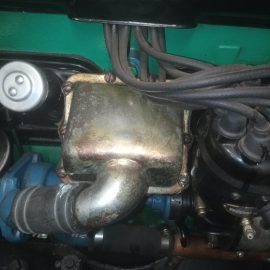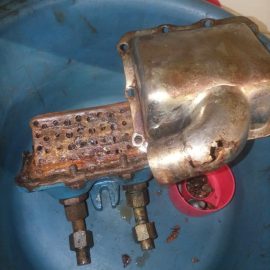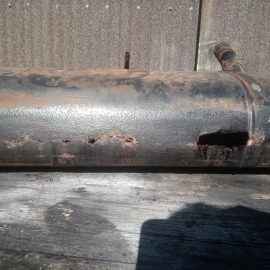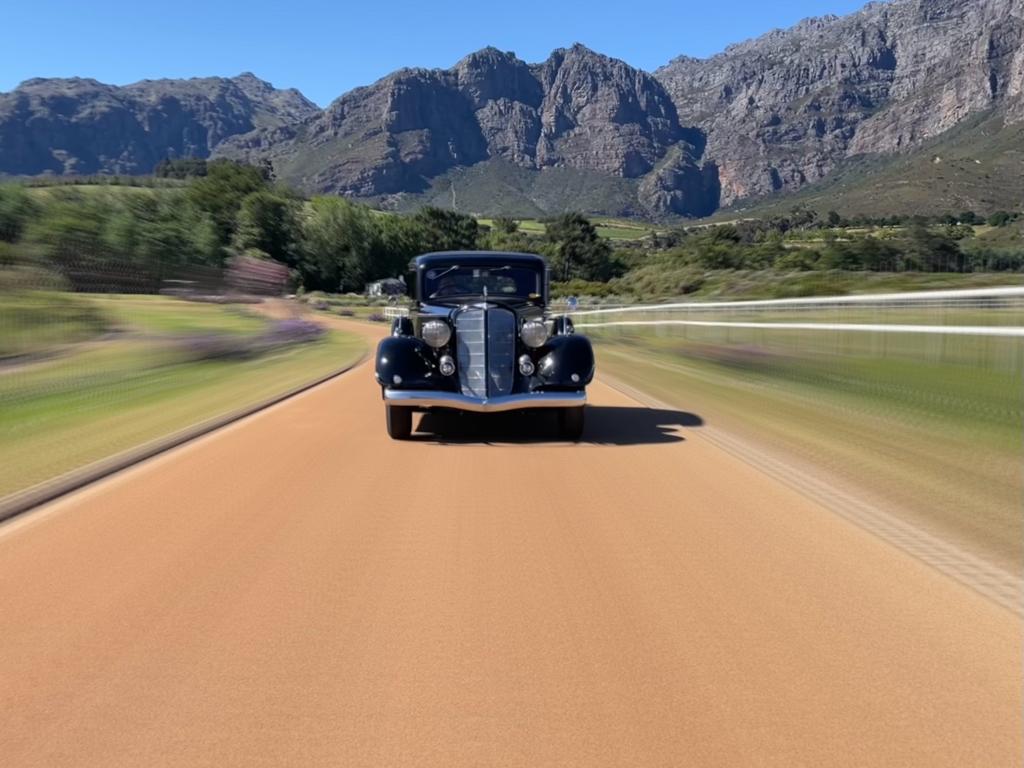
29 Oct Spanner Works: Michael van Graan
A regular feature by senior workshop technician JP du Plessis outlining the activities of FMM’s workshop personnel who are responsible for repairing, renovating, refurbishing and restoring the museum’s large and varied collection of vehicles. This month JP reports of Michael van Graan bringing a classic Buick back to life…
The Buick Series 40 replaced the Series 116 as the entry level model of the marque and was offered from 1930 to 1935. It was built on a chassis 117 inches long and powered by a 233ci (3818cc) 93 hp (69 kW) in-line eight-cylinder engine. In the final production year of the Series 40, six body style options were made available to the public: a 2-door Business Coupe, 2-door Convertible Coupe, 2-door Sport Coupe, 2-door Touring Sedan, 4-door Club Sedan and 4-door Sedan. 1935 was also the last year Buick built its cars with a wooden frame for the body.
Amongst the museum’s collection of Buicks is a 1935 4-door Sedan that had been held for some years in storage, and Michael van Graan got the chance to bring the car back to life. With the body and interior being in very good original condition and the engine bay deceptively clean, it was a good base to work from.
So, Michael started by doing a quick commissioning of the car, checked whether it would turn over and then started it with an auxiliary fuel supply to listen for any undue noises and unevenness. After running for a few minutes, it was decided to remove and disassemble the carburettor for cleaning in the ultrasonic cleaner to get rid of years of built-up petrol residue. Then, all the gaskets were remade from vellumoid and the carburettor was reassembled.
The 6-volt electric lift pump was then disassembled, cleaned and rebuilt with a newly made-up diaphragm. The mechanical fuel pump was also cleaned and rebuilt. Michael then inspected the fuel lines, replacing the flexible hoses and blowing out the hard lines with some degreaser and compressed air. The fuel tank was found to be rusted through in some places and a new one had to be made up at a local engineering firm.
The cooling system also required some work. The radiator was removed and flushed out and the flexible water hoses were replaced while the oil cooler core was repaired and sealed properly so that the oil and water would not mix. The water jacket cover plate was also found to be rusted through and a new one was made up and fitted with freshly made gaskets.
After all these were removed, rebuilt and refitted, Michael started up the car, checked temperatures and looked for any signs of leaks. After all were seen to be in order, he took the Buick for its first drive in years. Arriving back, everyone agreed that the straight-eight engine was surely one of the smoothest engines of its day, and possibly even today.




